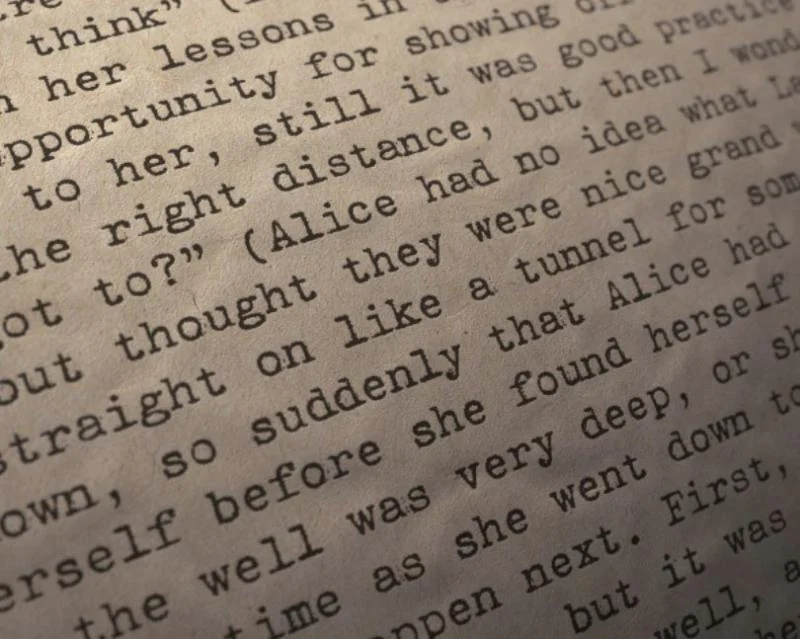American fonts are bolder and more modern, whereas British fonts are more traditional and classic. American fonts may also have larger lettering and more stroke width variation, whereas British fonts may have a more uniform stroke width and smaller lettering.
What are American Fonts?
American fonts are styles and designs of typefaces created in the U.S. or have become widely used and linked to American culture. There are many famous and well-known American font styles, like the blocky and bold sans-serif style of the Helvetica font, which has been used in graphic design since it was made in Switzerland in the 1950s. The classic serif style of Times New Roman is another well-known American font. It was created by the British typeface designer Stanley Morison, but it became popular in the United States because it was used so much in newspapers and other print media.
Other famous American fonts include the retro and stylized Art Deco style of the Broadway font, which is often used in signs and ads, and the hand-drawn and playful tone of the Comic Sans font, which has a reputation for being overused but is still prevalent in places like children’s books and informal communication. Modern graphic designers and artists have also developed new designs and styles that differ from classic American fonts. Many of these fonts are based on things like pop culture, street art, and different design movements.
American fonts comprise a wide range of styles and design that the country’s history and culture have influenced. Depending on the situation and audience, these fonts are often used in branding, advertising, and graphic design to give a sense of comfort, nostalgia, or modernity.
What are British Fonts?
British fonts are any typefaces created in or are otherwise strongly associated with the United Kingdom. The classic serif style of Times New Roman, created by British typeface designer Stanley Morison in the 1930s, has become one of the most widely used fonts in the world, making it an instantly recognizable symbol of Britain. Although it was designed in Italy in the late 18th century, the elegant and decorative Bodoni font became widely used in Britain during the Victorian era.
The Johnston font, designed for the London Underground in the early 20th century, is a condensed and modernist typeface widely used in Britain. The Gill Sans font, designed in the 1920s by British typographer Eric Gill, is another popular British font. Modern graphic designers and artists have also created new designs and styles that stand in contrast to these traditional British fonts. Punk rock, street art, and other British cultural touchstones inspire many of these typefaces.
The wide variety of styles and designs found in British fonts has significantly impacted typography and graphic design in many parts of the world. Depending on the message and audience, these fonts can portray a sense of sophistication, elegance, or rebellion in branding, advertising, and other creative contexts.
Difference Between American Fonts and British Fonts
American and British fonts differ significantly in style and usage. American fonts are bolder, more modern, and often have larger lettering and more variation in stroke width. They may also have more ornate serifs or be entirely sans-serif. In contrast, British fonts are typically more traditional and classic, with a more uniform stroke width and smaller lettering. They may have more conservative serifs or a more subdued sans-serif style.
American fonts are frequently associated with a more casual, modern aesthetic and are commonly used in advertising and branding for products aimed at a younger or more contemporary audience. British fonts, on the other hand, are frequently associated with a more formal and traditional aesthetic and are widely used in print media such as books and newspapers, as well as government documents and official communications. So the differences between American and British fonts reflect cultural and design sensibilities.







